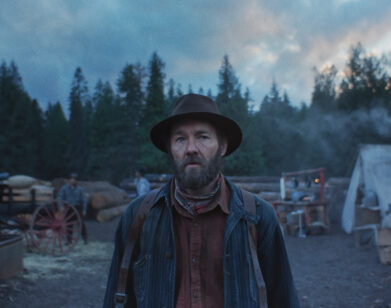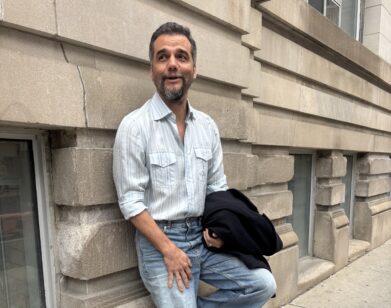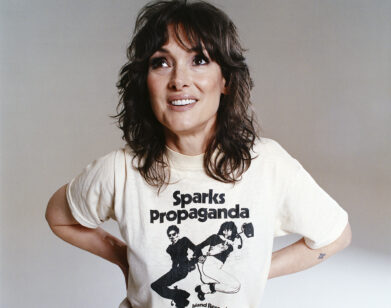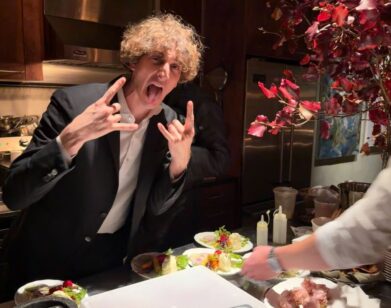ART!
Limelight Owner Peter Gatien Remembers H.R. Giger’s VIP Room
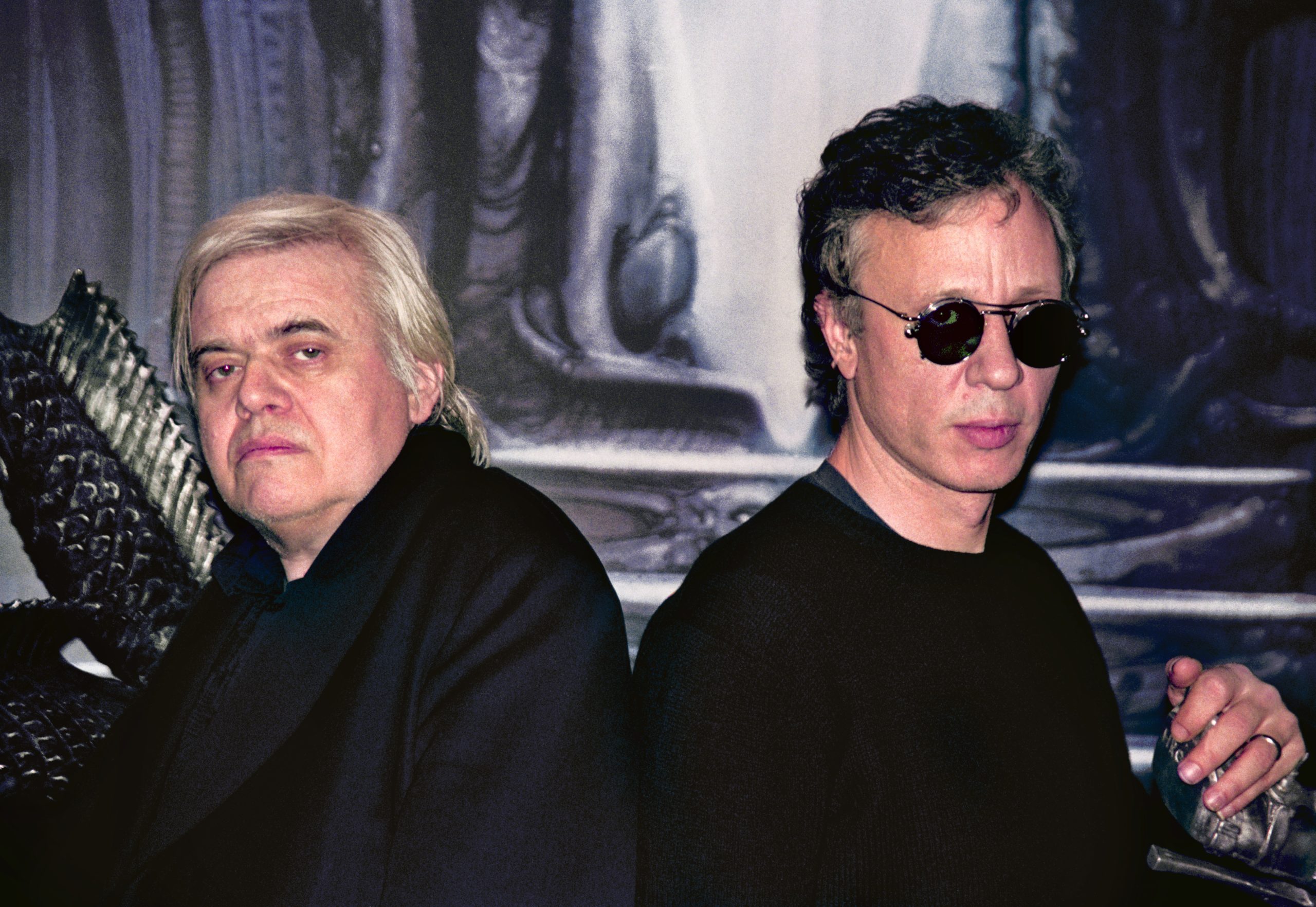
Photo courtesy of Jacob Fuglsang Mikkelsen.
Situated in the upper level of the iconic Limelight nightclub, housed in a church in downtown NYC, the H.R. Giger-designed VIP room reflected the gothic visions of its surrealist, Swiss-born creator—an artist best known for designing the monster in Alien. The collaboration with Limelight owner Peter Gatien debuted with the reopening of the iconic venue in 1998, just months after the nightlife impresario was acquitted on charges of running a drug-dealing empire within his clubs. As a declaration of Gatien’s return to the cultural landscape, and a rebellion against the city (the entrance had a funeral theme, a nod to the death of nightlife under Mayor Giuliani), the club quickly became a haunt for a motley cast of notable downtown figures. Now, twenty years after Limelight’s demise, and on the occasion of a new exhibition of the artist’s work at Lomex gallery in NYC, Gatien and curator Alexander Shulan look back on his collaboration with H.R. Giger.
———
ALEXANDER SHULAN: How did the Limelight VIP room collaboration with Giger come about?
PETER GATIEN: He was into blending human physiques with machines and alien-type things, he called it biomechanical art. It just seemed like the perfect fit for the architecture of a Gothic church. Les [Barany, Giger’s agent] liked the idea and passed it by H.R., and he was into the concept.
We had a budget but it was all his designs. All the chairs and the tables were cast aluminum, and a lot of his paintings were in there. I remember huge gargoyles—they were basically half machine and half creature. It was really well done. I’ve worked with a number of designers over the years, and I like working with people who are also practical, because the reality is a lot of people go through those rooms, and if it’s not durable, then it looks shabby very quickly. He was really nice to work with.
SHULAN: What kind of people would you find in the VIP room in the late ’90s?
GATIEN: We were downtown, so you had your celebrities, your nightlife fixtures like Suzanne Bartsch, and then you had the gallery people, old musicians, and then sometimes you ended up with Hell’s Angels types. It was a mixture of them all up there. It was a really diverse crowd. That was one of the beauties about night clubs back then, they were a lot more eclectic. Now it’s about whether you can blow $500 on bottle service or whatever, whereas back then you were encouraged to come in and get into the style and energy. It was what you contributed to the party, it wasn’t so much what you contributed to the bottom line of the club.
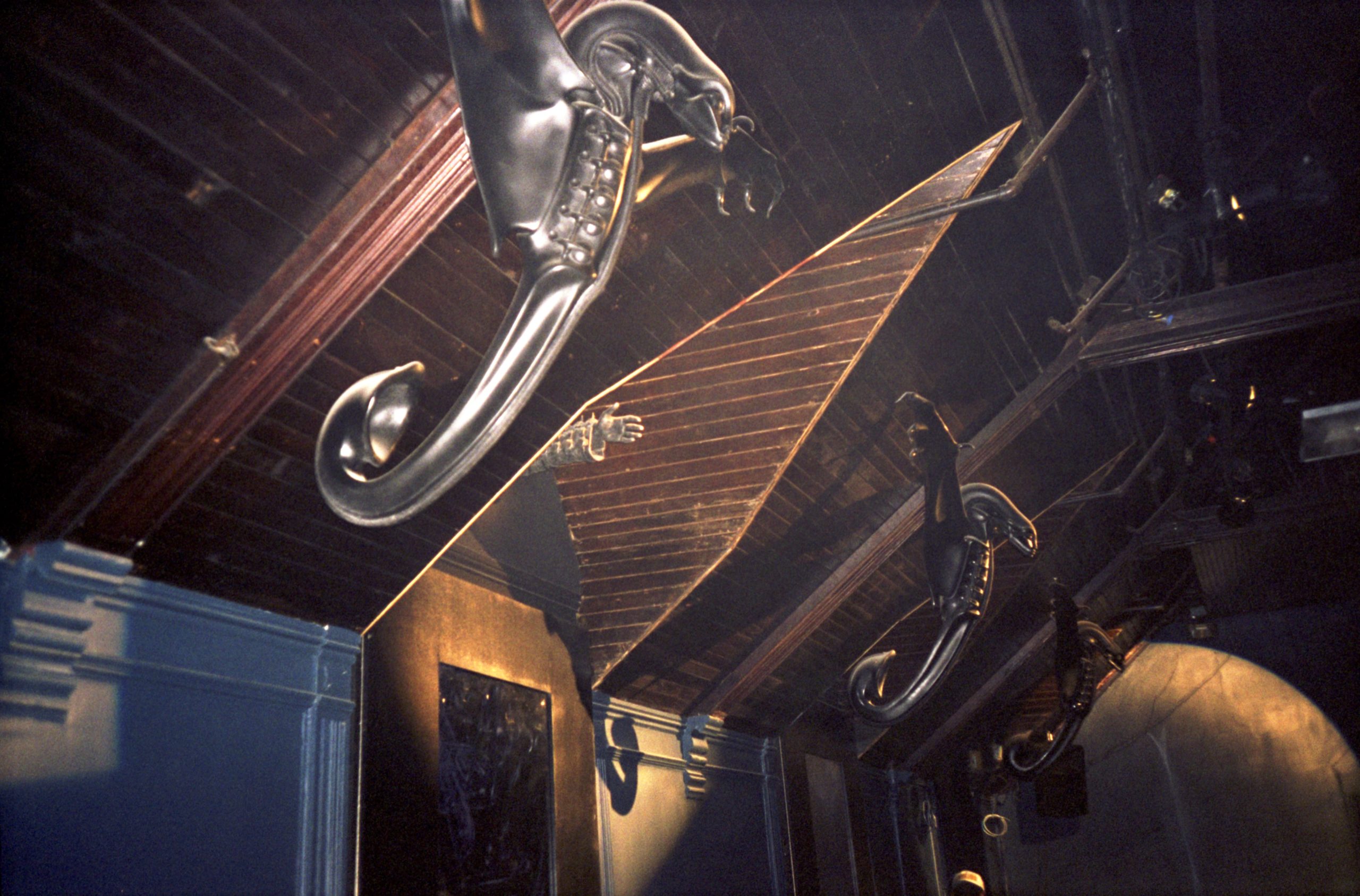
Photo courtesy of Dana Frank.
SHULAN: I found an interview with Les about the VIP room. He was talking about the coins you made so that Giger’s friends and fans could get in.
GAITEN: Yeah, we had the coins. He kept half of them and I kept half of them. Like I said, that room was very special. It was for the creative community, the downtown community—what New York used to be like pre-Giuliani.
SHULAN: You’ve collaborated with a lot of artists. Why was it important for you to bring art into the club?
GATIEN: All businesses are very competitive, and you want to give your customer the best experience possible. If you can expose them to a world-class artist, it’s really big. There were basically 12,000 people per week going through the club back then, so as an artist, your work was getting exposure that you didn’t get in a gallery—or most other environments. I think that was attractive to a lot of artists.
I also think nightlife was inspiring to a lot of artists, especially clothing designers. I remember Jean Paul Gaultier and Thierry Mugler sitting at Limelight, or Tunnel or wherever, and then the next spring you’d see the looks [from the club] on the runway. A lot of their fashions followed the street: the kids, the people coming in. Obviously they had better fabrics and better accessories and that kind of stuff. But a lot of the inspiration came from New York nightlife. I was always very happy that we were part of it.
SHULAN: Did Giger’s VIP room bring different energy to the club?
GATIEN: Giger was renowned, especially from Alien. It was sort of haunting, but just being in a church is a little bit haunting. The cast aluminum work that he did was museum quality. It was unique and it was fun—and fun is what you’re selling in a nightclub. People loved it.
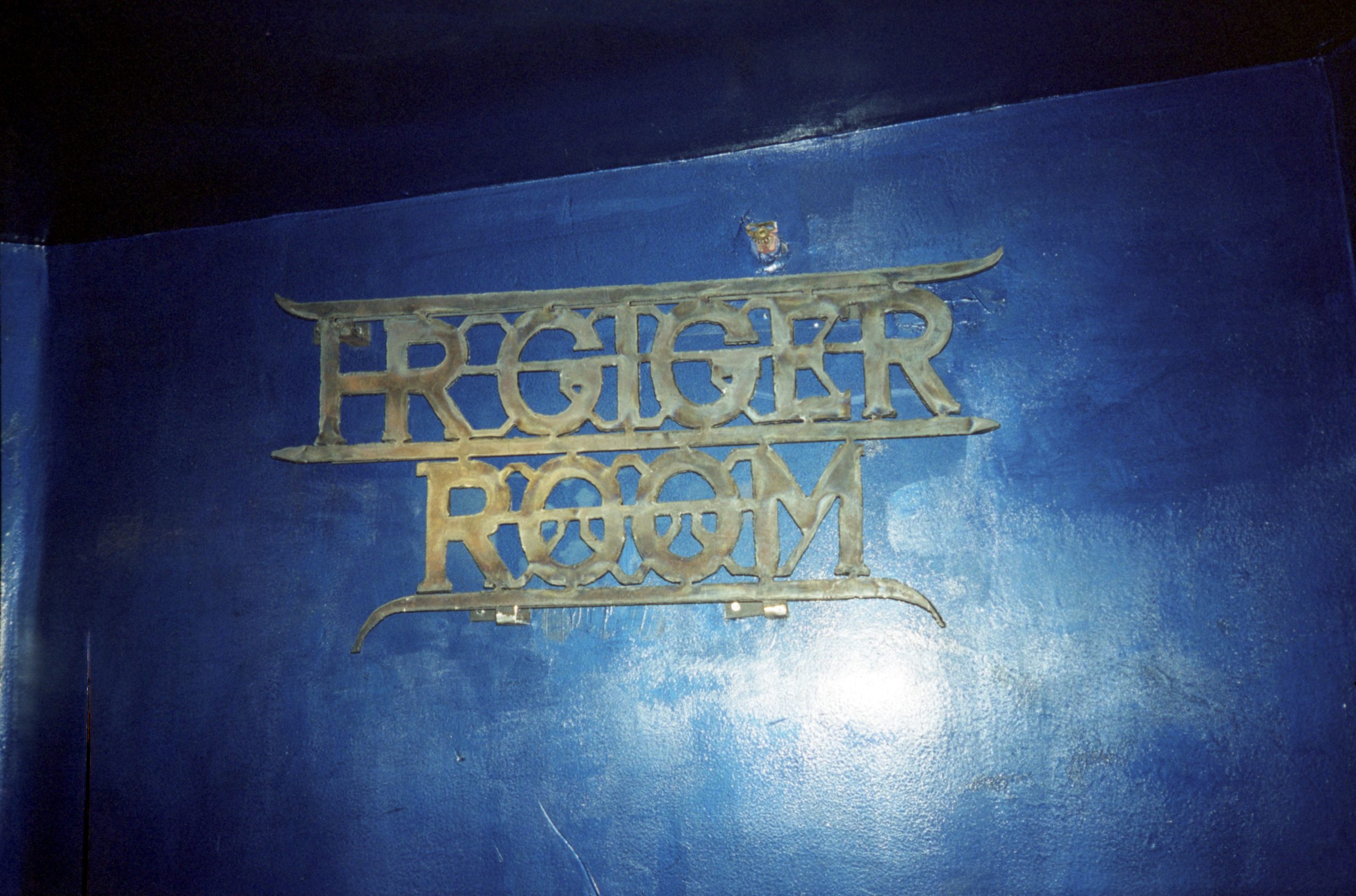
Photo courtesy of Dana Frank.
SHULAN: Did you have special programming in the VIP room, or was it just a space for the regulars?
GATIEN: We would do book parties, all kinds of things. We even had a baby grand piano up there. It had its own vibe. For the most part, the programming was pretty consistent in that it was a neighborhood haunt for downtown pseudo-celebrities and regulars. And when I say regulars, they could be people that hadn’t danced in 10, 15 years. It was always an eclectic bunch. You’d have Ozzy Osbourne in one corner, and you’d have Les Barany and art gallery people in the other.
SHULAN: What kind of music was big at the Limelight in the late ’90s-early 2000s?
GATIEN: Limelight had four main rooms. The place was a real maze, which customers loved. You could walk in that front door and keep on walking without ever having to turn around. On a Sunday night we did rock-and-roll church for a bunch of years, including Pearl Jam and Guns N’ Roses. Tuesdays we used to do what was called Communion Night, which was an alternative night. And some nights we’d do Czech metal, or whatever. In the VIP room, the music was secondary. It was a room you’d go up to to talk.
SHULAN: How does it feel looking back on that period now?
GATIEN: Listen, I am so happy that I was in nightclubs in the ’70s, ’80s and ’90s. To me that was the golden age of nightclubs, and also the golden age of New York City. I’m almost 70 years old now, so it’s not like I long for it, but I feel bad that my kids never really experienced the energy and the love and just how special that period was. I’ve been in New York in the last two years, and there are a couple places in Brooklyn that are doing some pretty good stuff. But short of that, basically everybody looks the same in clubs. Everybody’s mostly young, and it’s just not the energy that we were so blessed to have back then.

